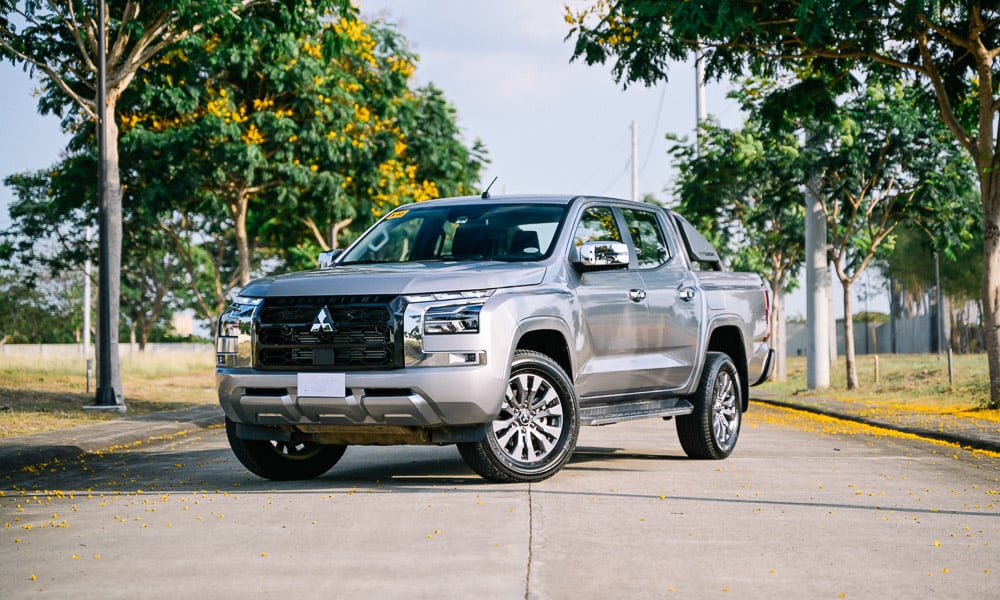
The Mitsubishi Triton is one of the most anticipated trucks in our hotly contested market for a reason: It has been a long time since the old Strada got a new generation.
Truck buyers were flocking to newer, more up-to-date choices like the T6.2 Ford Ranger, so a ground-up redesign of the pickup seemed like a killer left hook to shake up the market. Mitsubishi reliability, updated tech, a bold new design…what’s there not to like?
It’s surprising how much I ended up liking it for someone who dislikes large vehicles. I was fortunate enough to try it out at the Okazaki Proving Grounds in Japan late last year, and saw how well the truck performed in a controlled setting.
But real-world usage is king, and living with it for a week showed me both the good and the bad things about the Triton.
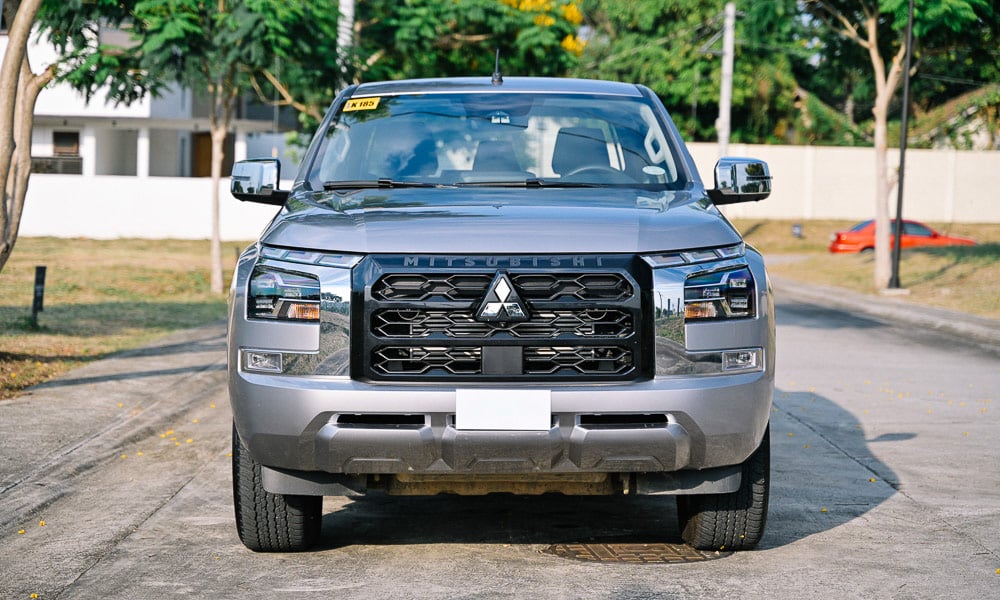
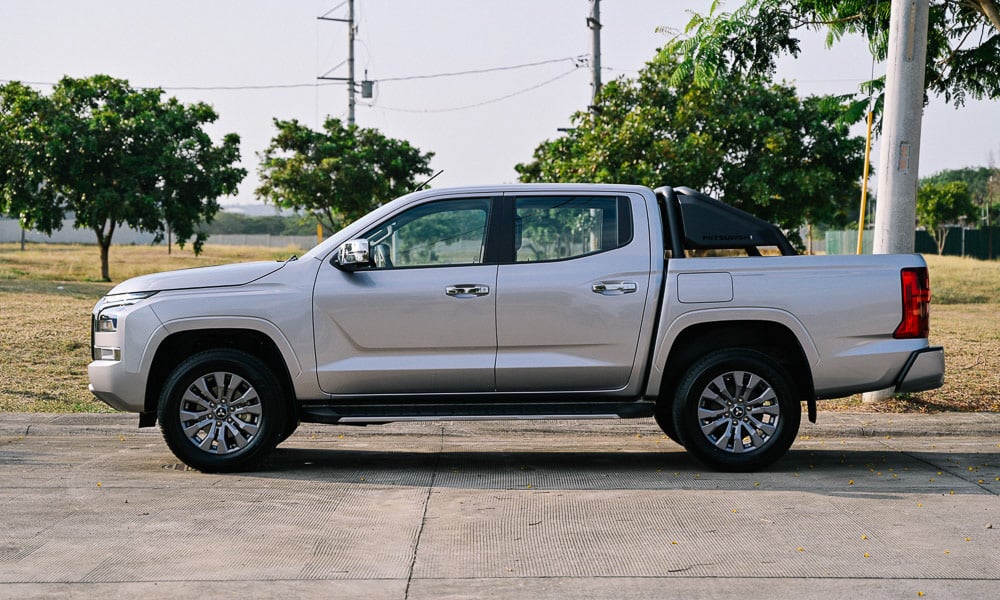
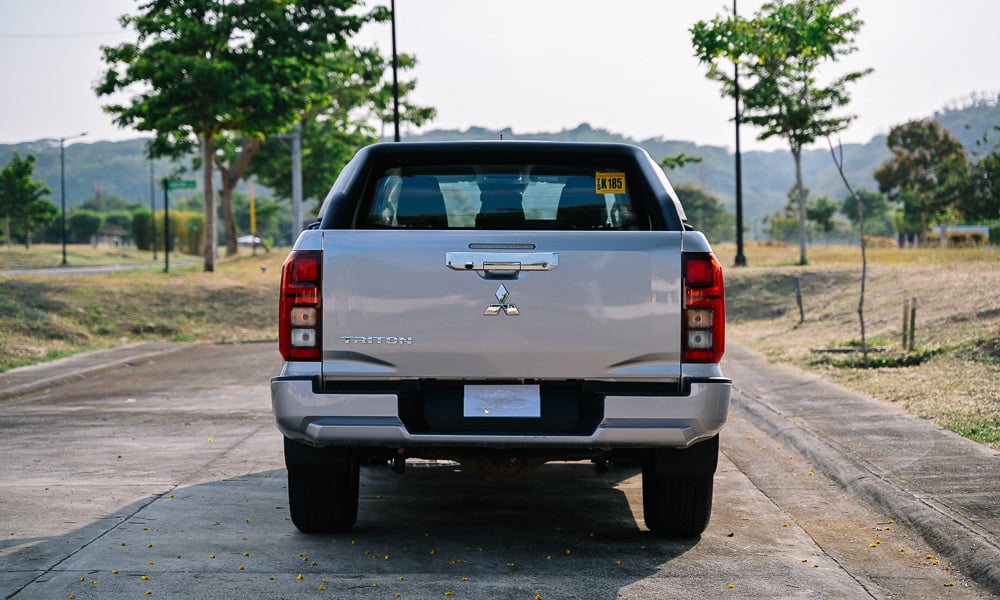
The Triton’s new looks err on the divisive side, but that’s better than playing it safe. “Beast Mode,” as the designers call it. It’s award-winning in case you didn’t know.
It’s more deliberate with its design. No round edges, a loud front fascia, boxy fenders, and one of the largest fuel-filler covers I’ve ever seen. You just know this truck demands your attention on the road.
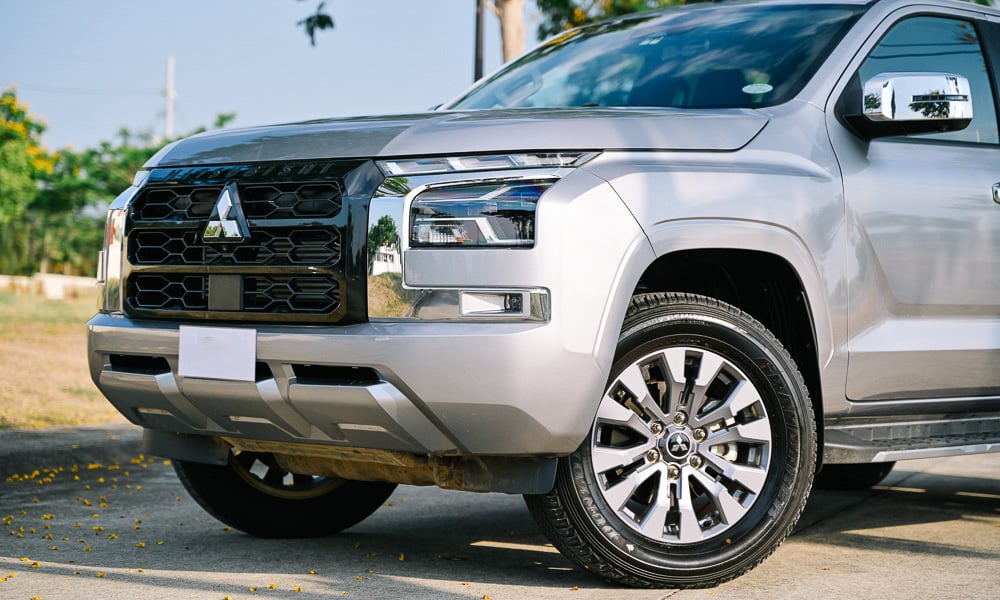
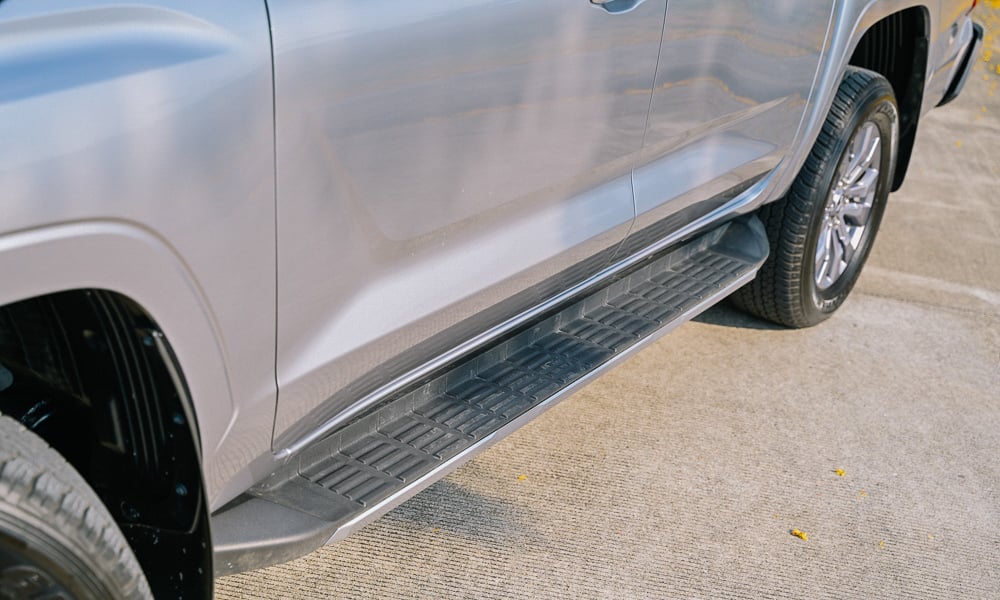
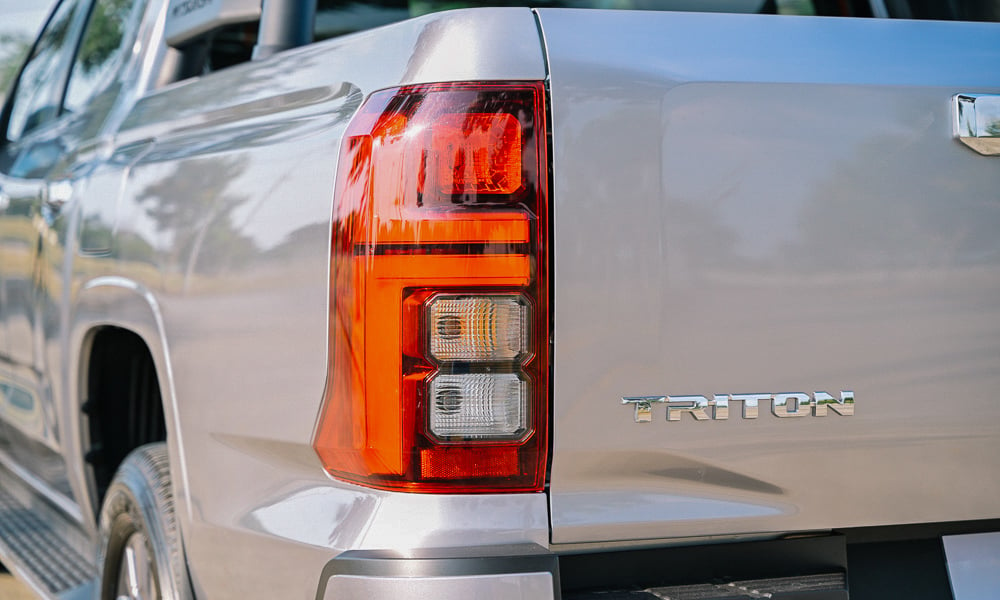
The “classy” appearance that the GLS invokes with the chrome brightwork and the lack of over-fenders isn’t for everyone. In fact, I think the sporty Athlete is the best-looking variant.
At least this variant features bright LED headlights and fog lights, silver 18-inch wheels shod in Dunlop Grandtrek AT25 all-terrain tires (265/60 R18), and a step board.
The biggest difference (literally) is in the truck’s increased dimensions. At 5,320mm long, 1,865mm wide, and 1,795mm tall—with a ground clearance of 222mm—it’s noticeably bigger compared to its rivals, almost going a size up.
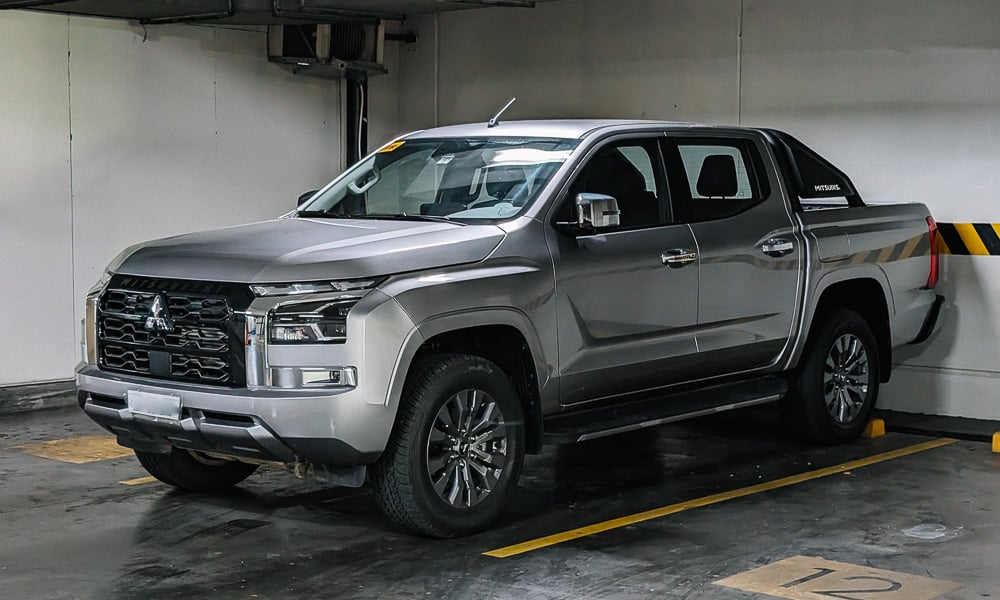
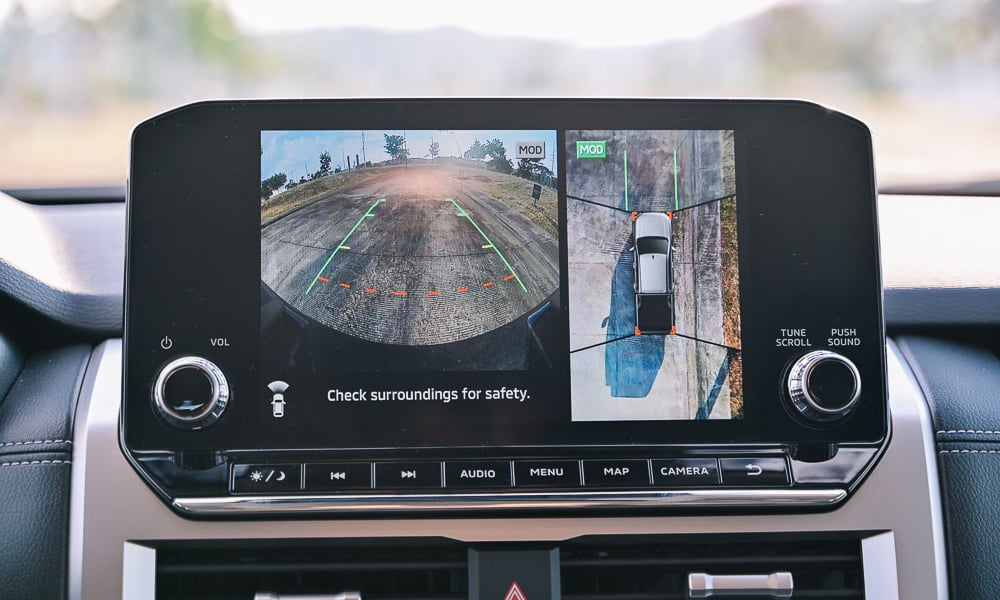
For those used to big trucks, this shouldn’t be a problem, but it makes navigating the city and tight parking lots a bit more of a chore.
This is where I’d say the crisp 360° camera is your best friend, but it doesn’t have parking sensors—a glaring omission considering rearward visibility can get challenging with passengers or cargo.
It does have the Moving Object Detection feature that Nissans have, but it doesn’t function the same way during those times you have to take your eyes off the screen. Just be more attentive when parking to prevent accidents.
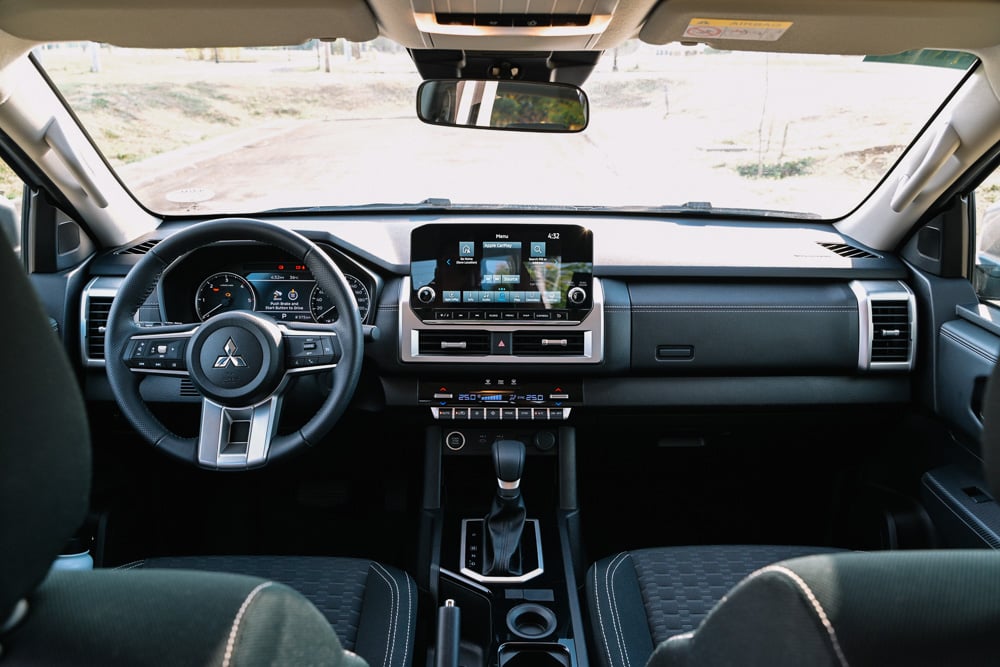
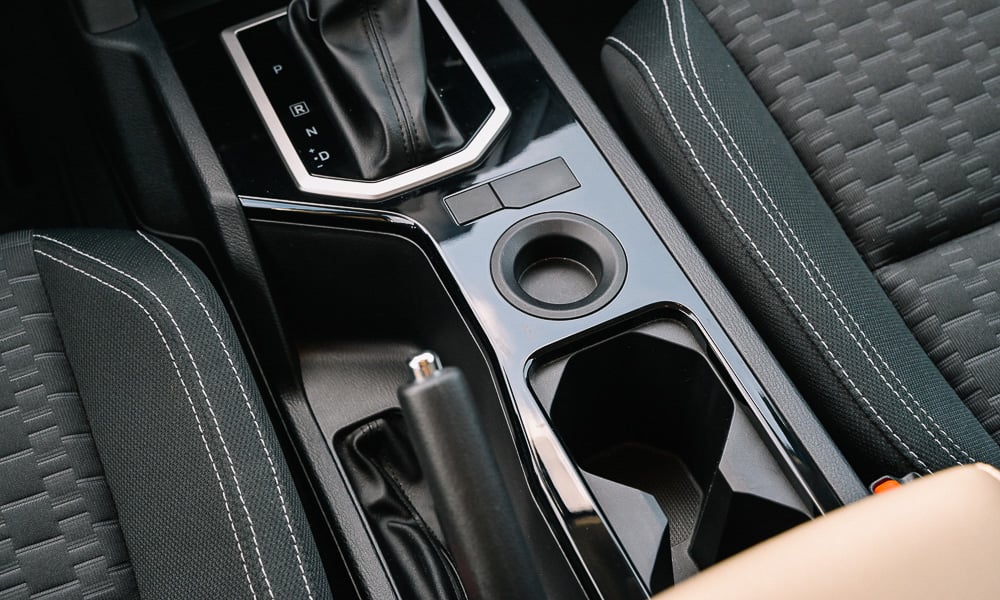
The cabin looks more modern compared to its antiquated rivals with a clean, purposeful design. The designers implemented plastics of different textures (soft touch, faux carbon, and even piano finish) to elevate the appearance.
Yes, some are scratchy and hollow, with several blanking plates. But at the end of the day, it’s still a pickup truck that’s bound to see dirty work, so hard-wearing materials are a must.
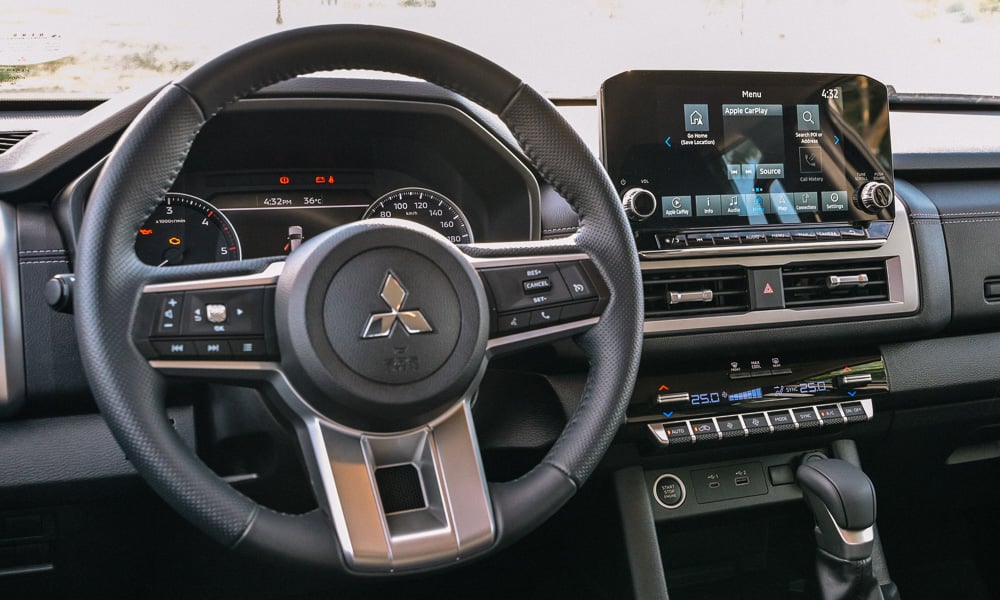
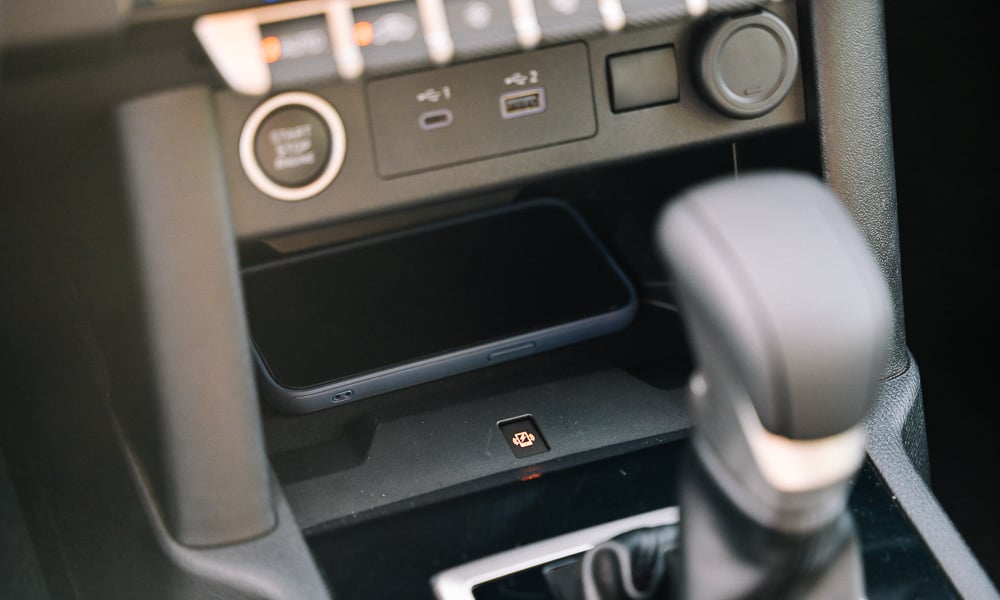
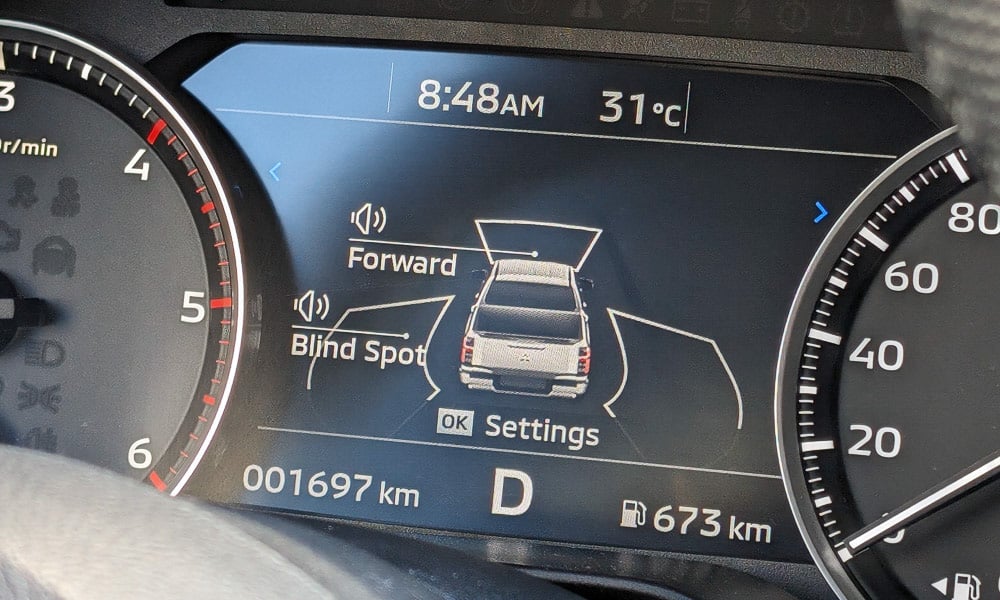
There are bright and crisp displays that bring the Triton to the modern age. Seven inches for the instrument cluster, and nine for the infotainment system.
The latter supports wireless Apple CarPlay (Android Auto is wired), and other niceties are a wireless charger, USB-A and Type-C connectivity, dual-zone climate control, keyless entry, a push-start ignition, and a decent-sounding six-speaker audio system.
A big draw is the Diamond Sense safety suite on the GLS. It’s fairly well equipped, but lacks a few bits found on the Athlete.
The blind-spot warning and the lane-keeping assist work well, and bonuses like automatic emergency braking and auto high beams should come standard with vehicles as large as this. Apart from that, there are three airbags (driver, driver’s knee, passenger), hill-start assist, trailer stability assist, and the usual traction control.
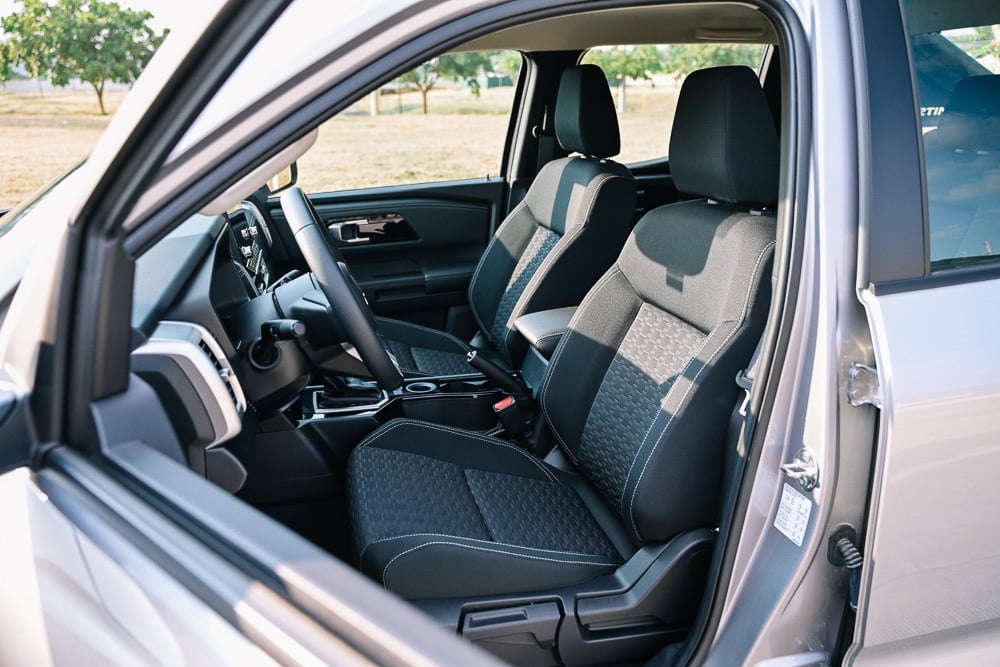
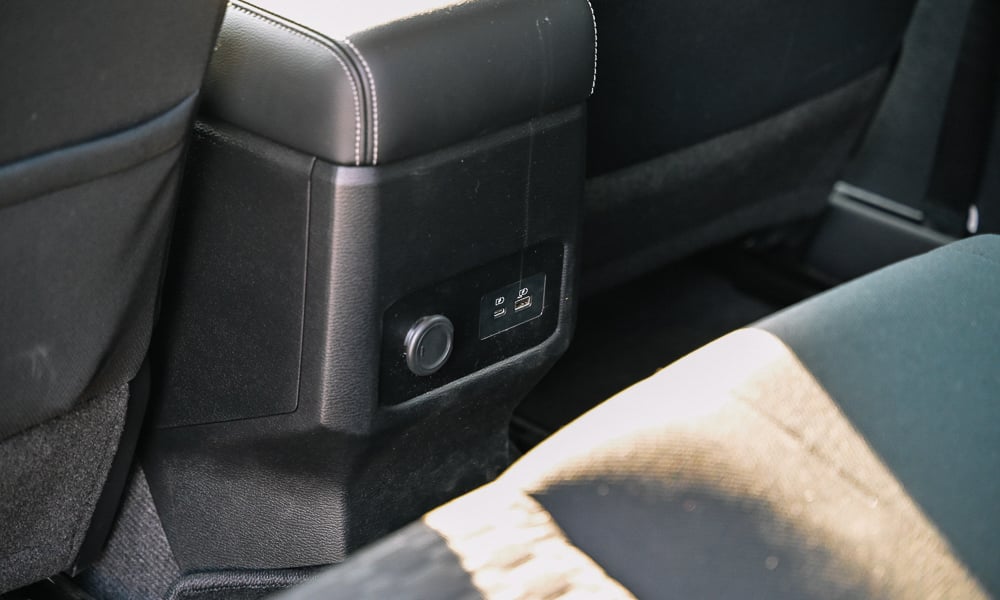
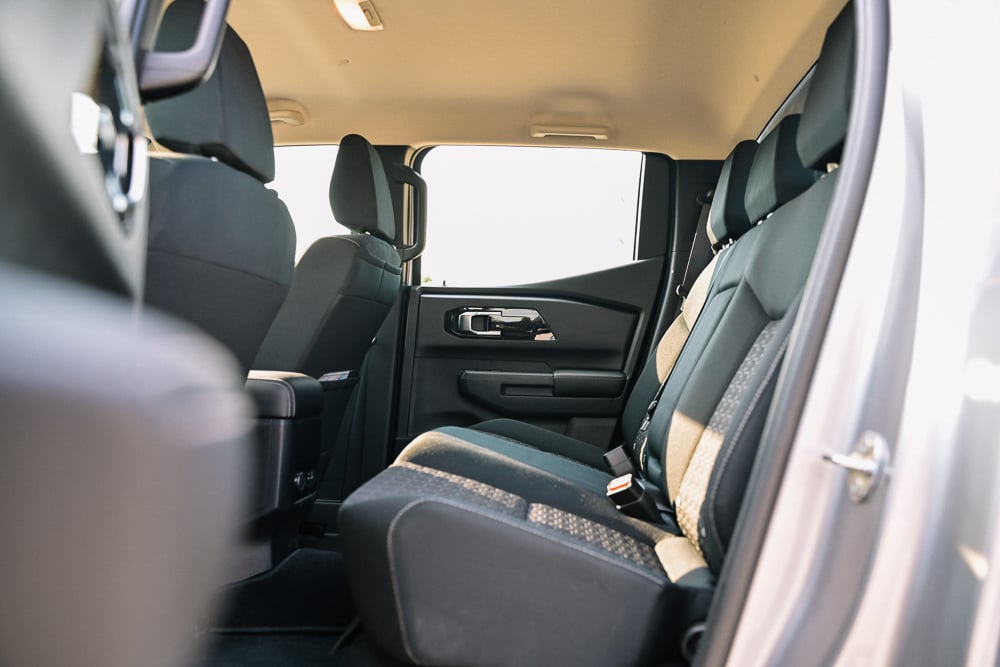
Even the comfortable fabric seats are done well. They may only have manual adjustments, but they don’t give off a cheap impression, and support my tall frame without any problems on hours end.
The rear seats benefit the most from the extended wheelbase with more legroom, along with that sedan-like rear-seat recline that the old Strada had.
Amenities include a fold-down armrest with cupholders and two USB A and C ports with a 12V socket. No rear air circulator here; that’s reserved for the Athlete only.
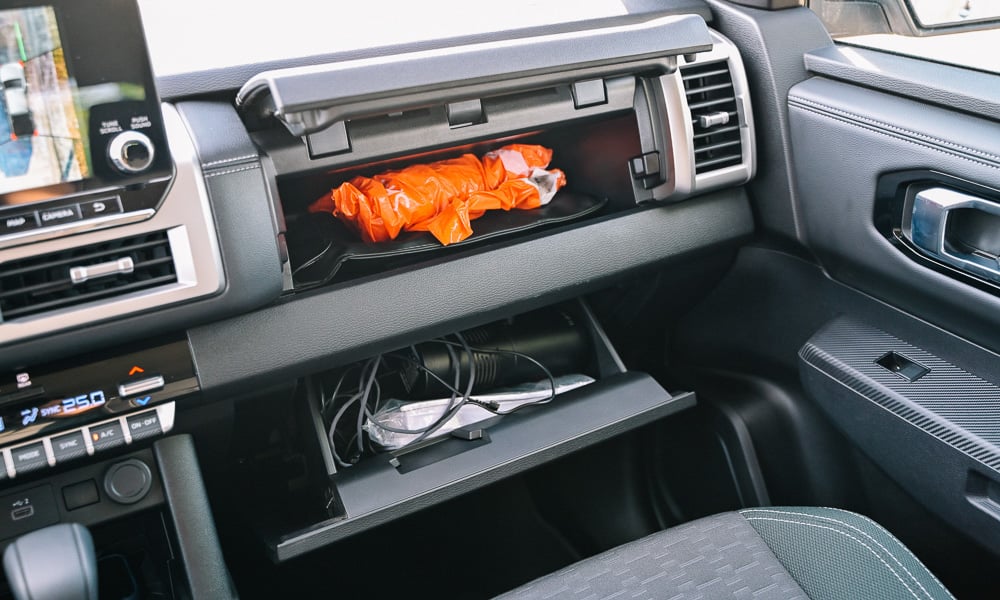
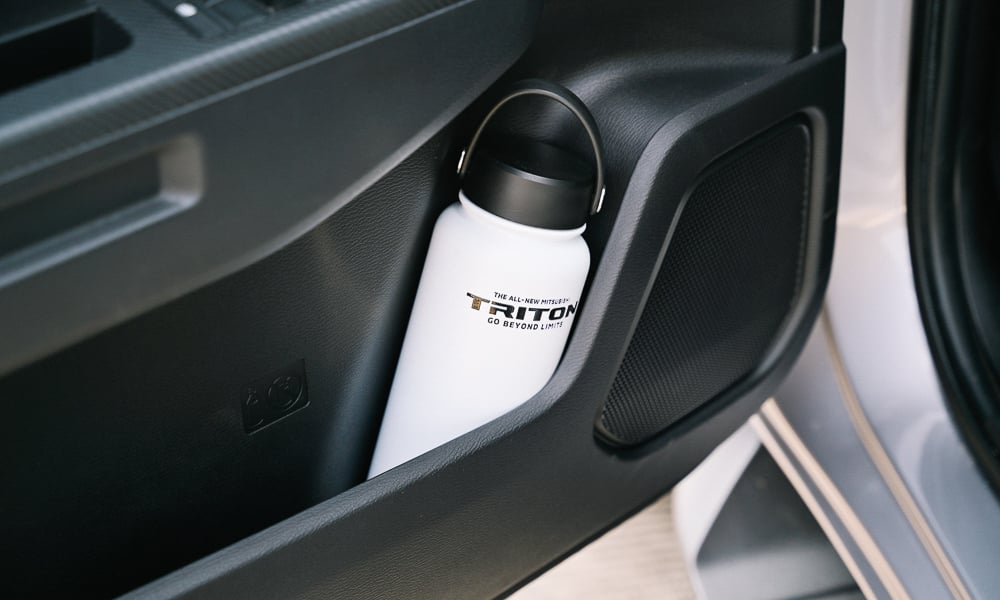
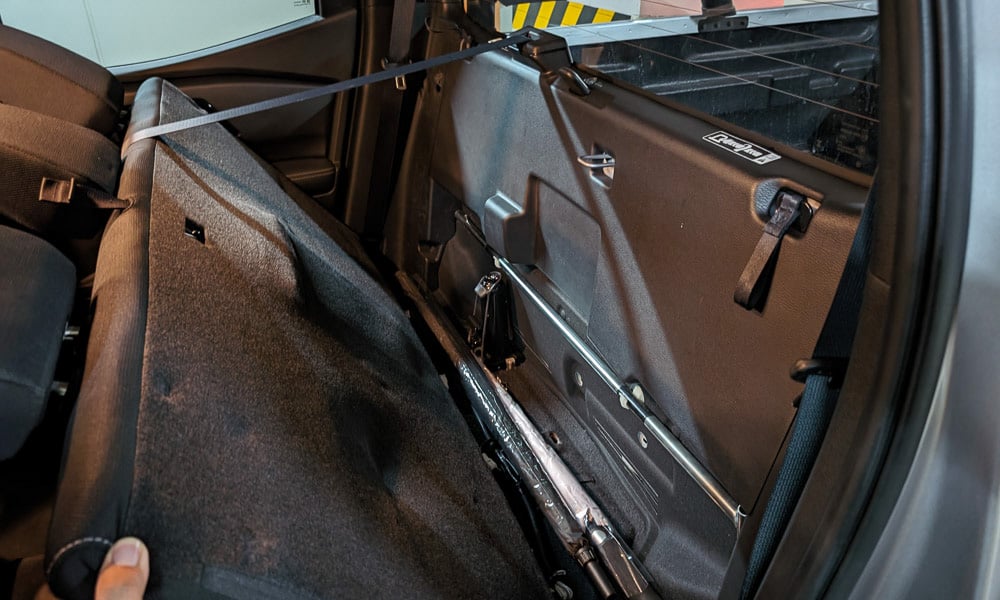
In terms of in-cabin storage, you get two passenger-side compartments, a deep armrest cubby, large door cards, two cupholders, and some space behind the rear seats for things you wouldn’t want to put in the truck bed.
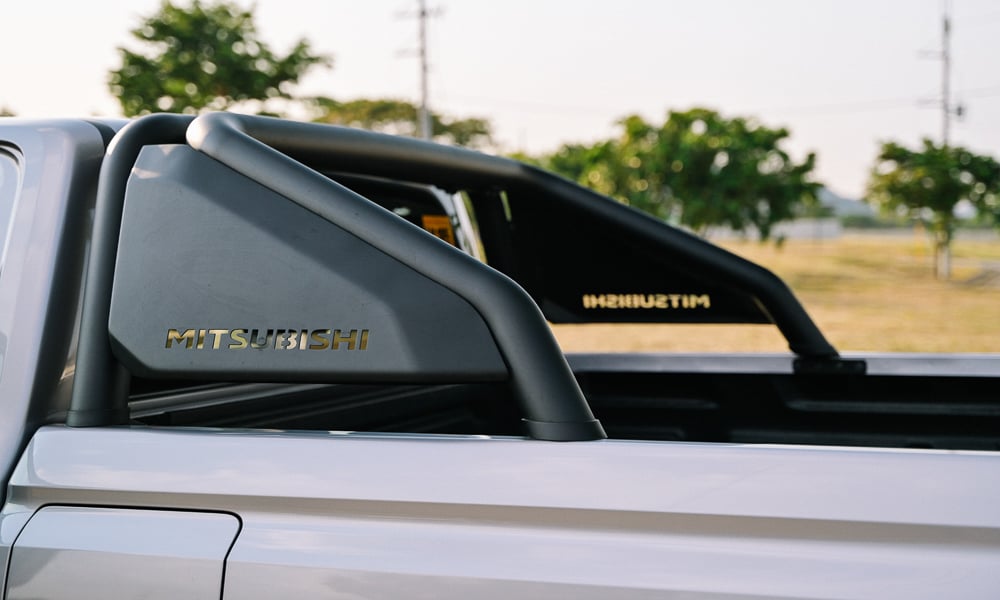
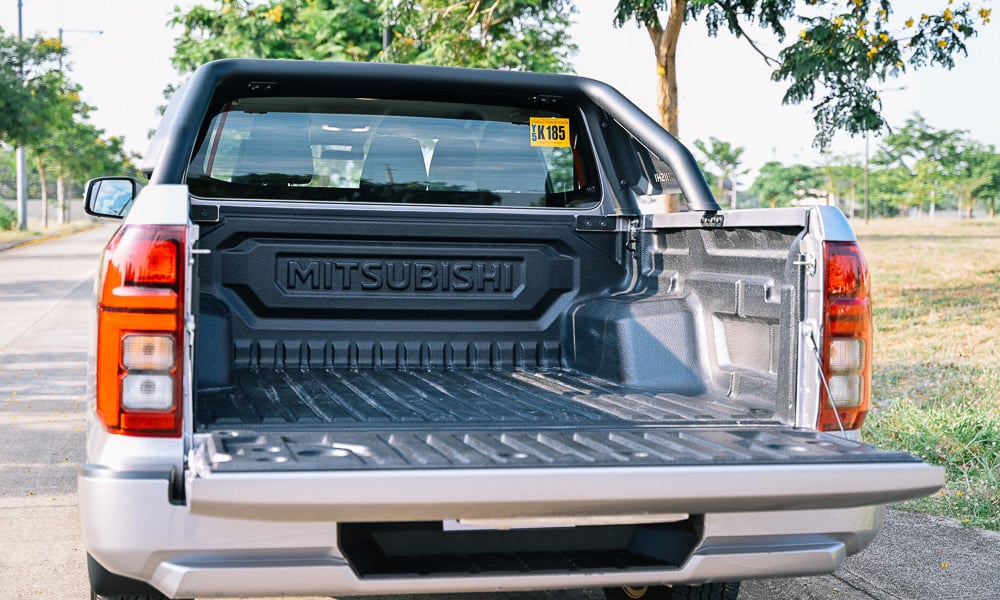
Otherwise, the bed measures 1,555mm long, 1,545mm wide, and 525mm tall. A bed-liner and an aluminum sport bar come standard, but there is no load cover or tailgate assist of any kind.
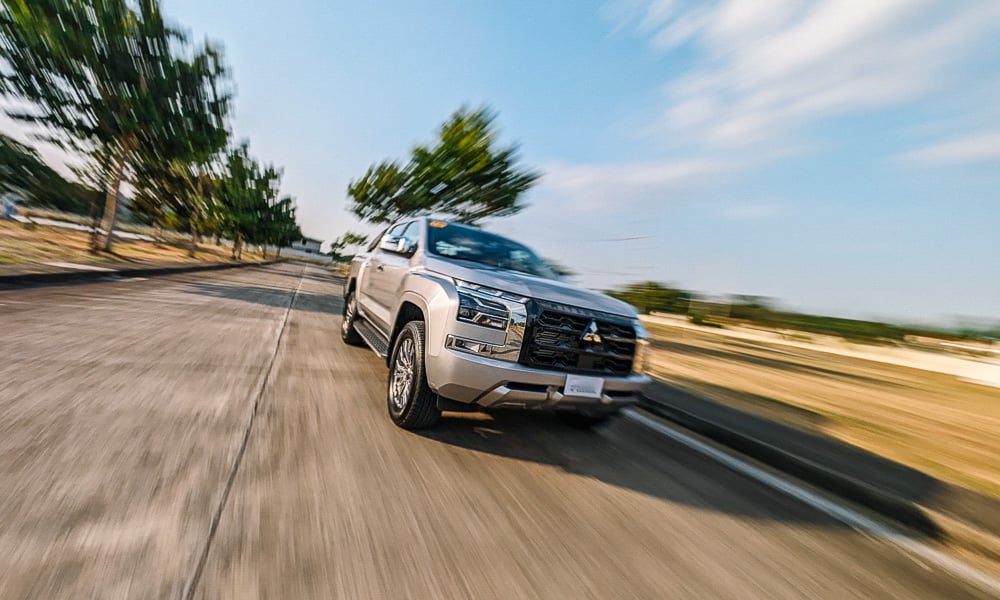
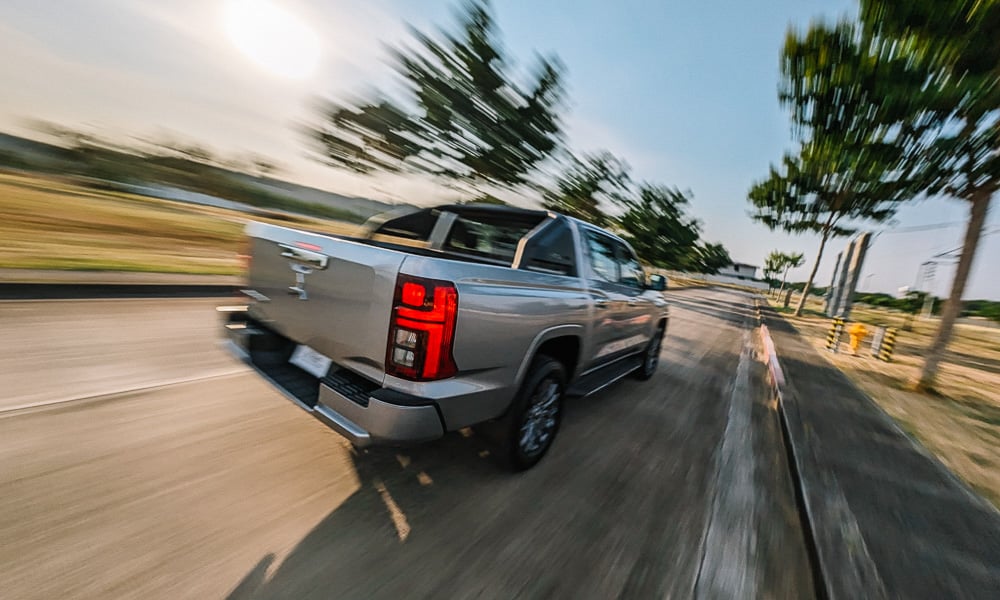
Yes, this still rides on leaf springs for the rear (which explains the generous payload capacity of 1,115kg), but most will stop complaining once they feel how well-tuned the setup is. Remember, nothing on this truck was carried over from the last-generation model.
With the truck bed unladen, it didn’t exhibit the usual bounciness that other leaf-sprung pickups have. It was a comfortable, controlled, and pliant ride, even across uneven surfaces such as the bumpy truck lane of C5.
It may lack the electric power steering of the Athlete variant, but the hydraulic rack provided the right amount of feedback and weight so that it is not fatiguing on long drives.
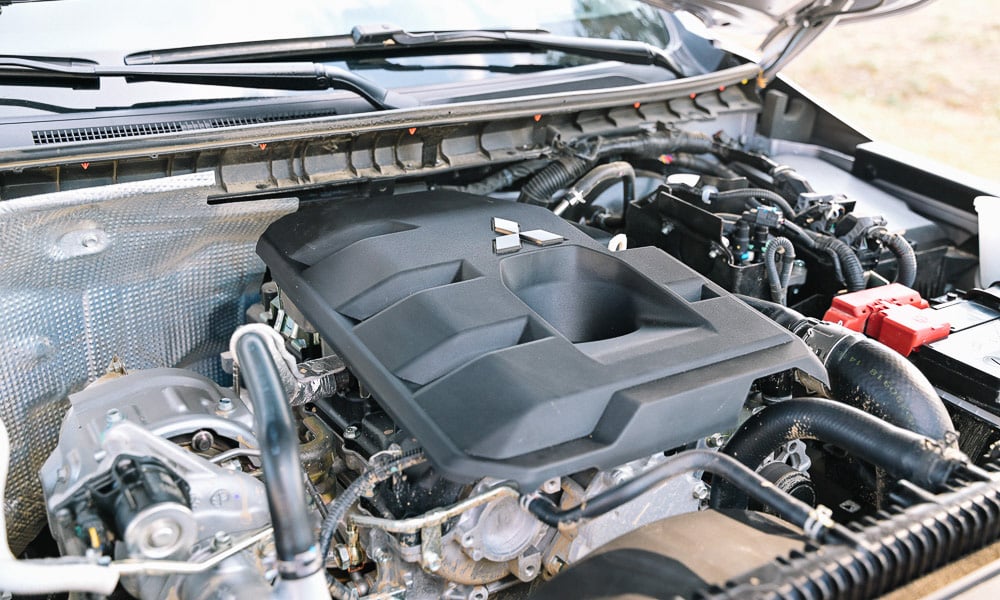
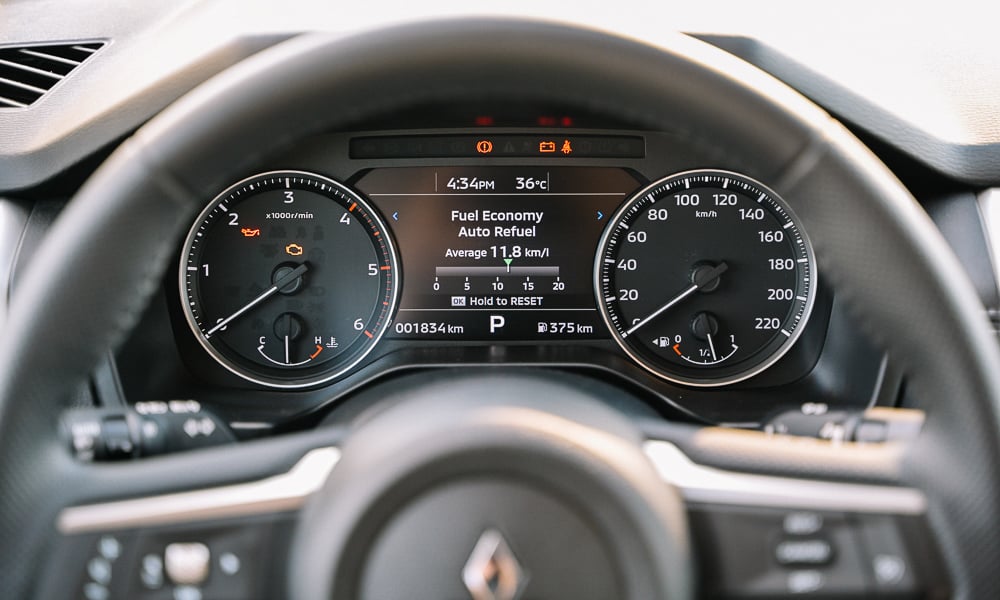
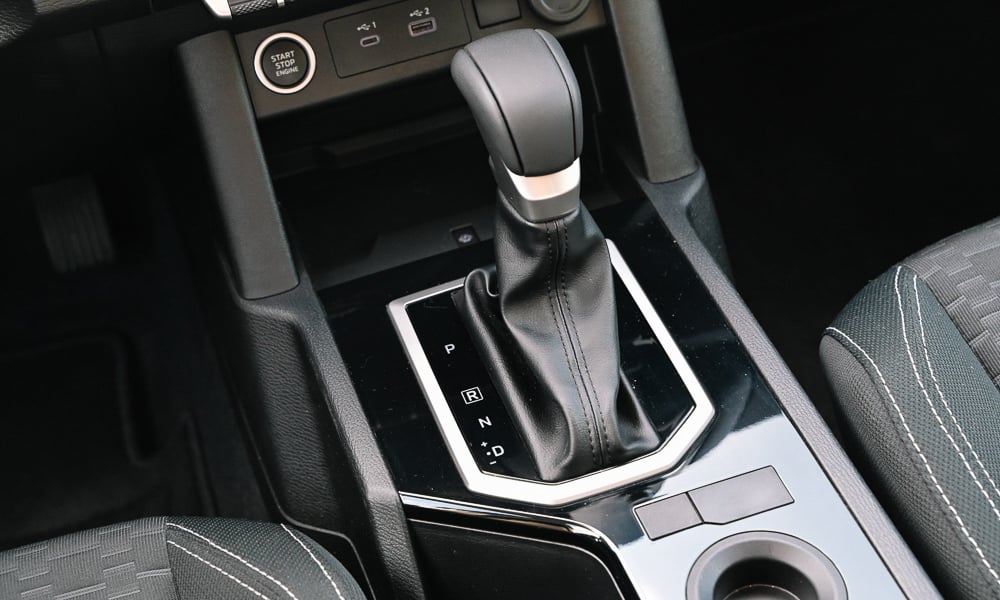
Mitsubishi’s diesel engines never fail to impress. This 2.4-liter oil-burner may be the single-turbo 4N16 with 181hp and 430Nm, but it has almost all the characteristics of the high-output twin-turbo variant (aside from the linear power delivery and the added grunt).
The nicest part of this new truck is how refined it all feels. The engine doesn’t rattle the cabin and its occupants to death, and the usual diesel clatter is a bit more muffled, especially at higher speeds, with less noticeable wind noise.
Fuel economy is on the decent side, too. In the city with fairly heavy traffic, I saw an average of 8.7km/L, but highway driving got it to figures as high as 18km/L.
On the other hand, I found the six-speed automatic transmission’s shifting to be a bit jerky at low speeds, but it smooths out at highway speeds. No paddle shifters here, though.
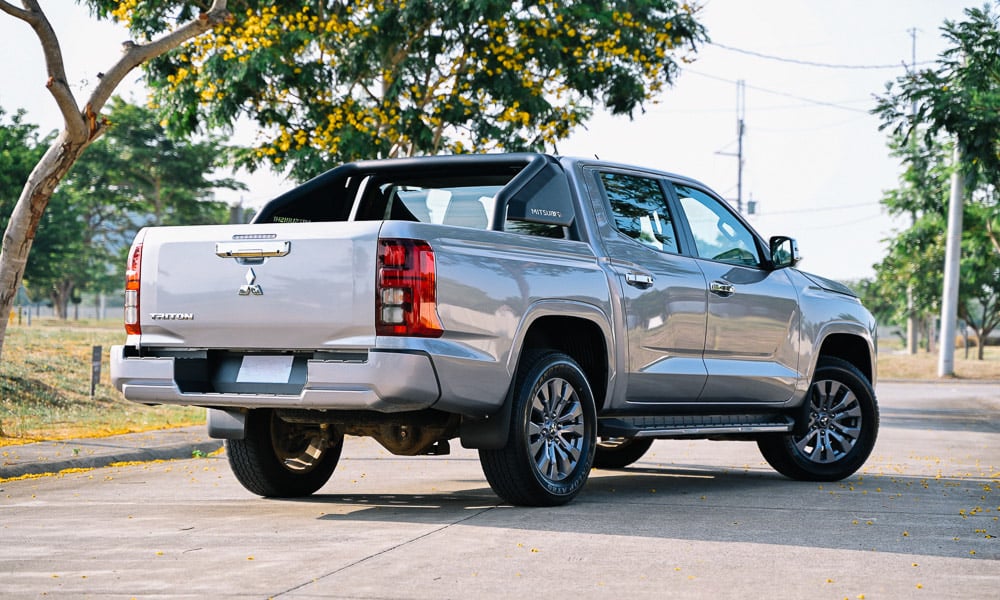
No doubt that it’s one of the most impressive pickups to come out recently, but it has one flaw: the Athlete.
As someone who has experienced the top-level trim, that variant makes the GLS feel last-generation.
The extra P327,000 over the GLS’s asking price of P1,582,000 gets you the best engine alongside the Super Select II 4WD and Active Yaw Control, which make this such a hoot to drive off-road with confidence. It has a complete ADAS suite and some features that should’ve been included as standard (like parking sensors and a rear air circulator).
But let’s face it, this is the lifestyle-oriented variant for those who don’t need 4WD, or can’t justify the extra cost.
When comparing it to the last-generation Strada, you can see all the effort Yoshiki Masuda and his team put into this model. It’s a solid choice for a reliable pickup that doesn’t feel outdated and is likely to withstand the test of time.
MITSUBISHI TRITON GLS 4x2
| Engine | 2.4-liter four-cylinder turbodiesel |
| Transmission | 6-speed automatic |
| Power | 181hp @ 3,500rpm |
| Torque | 430Nm @ 2,200-2,500rpm |
| Dimensions | 5,320mm x 1,865mm x 1,795mm |
| Drive layout | RWD |
| Seating | 5 |
| Price | P1,582,000 |
| Upside | Spacious cabin, up-to-date tech with good safety features, and refined engine. |
| Downside | Divisive looks, curious feature omissions, and not the ‘true’ full Triton experience. |

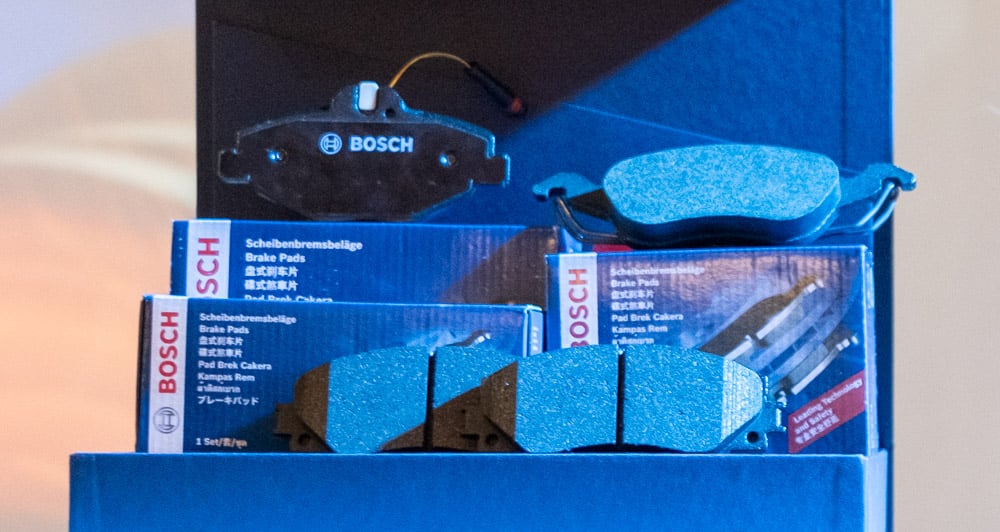
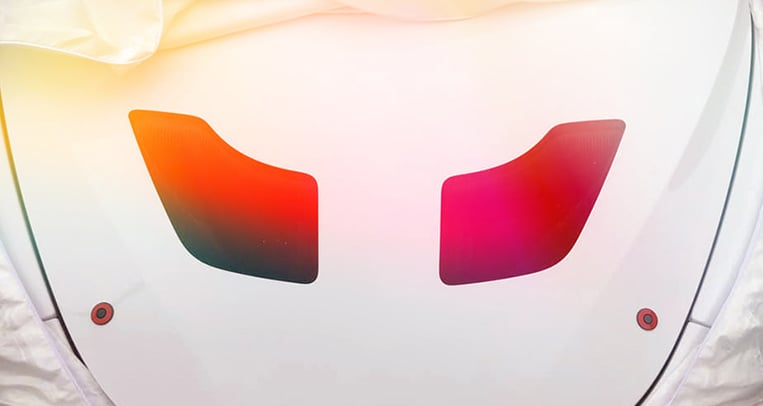

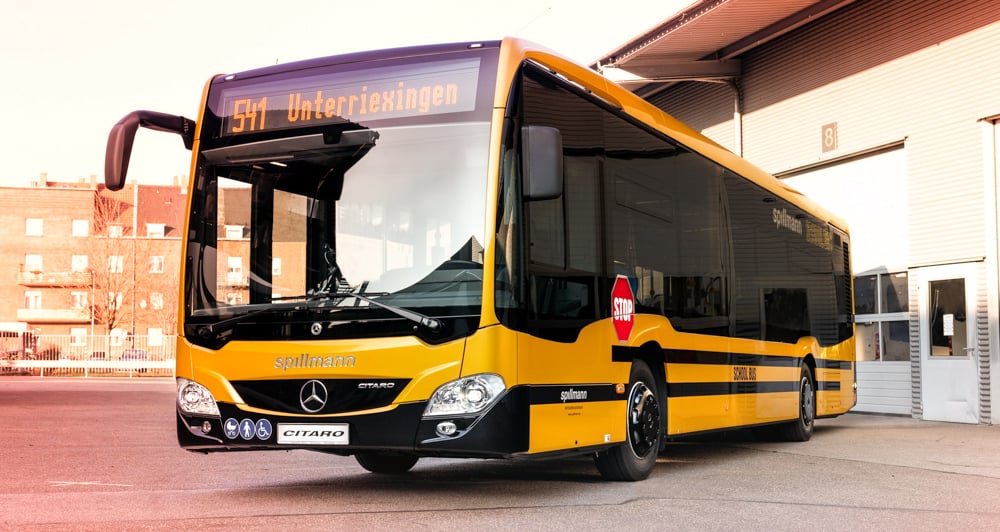
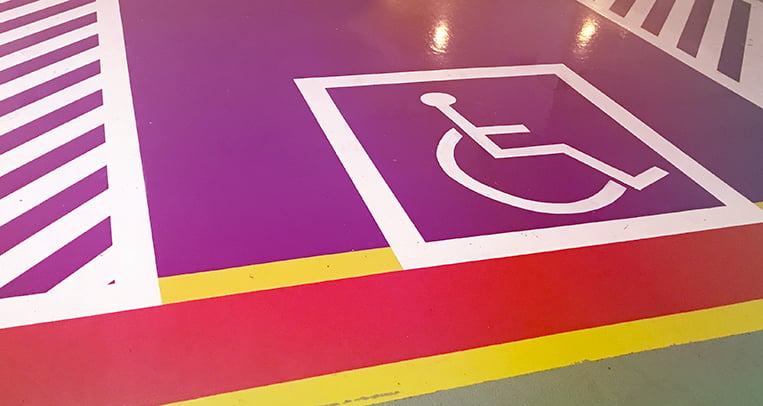

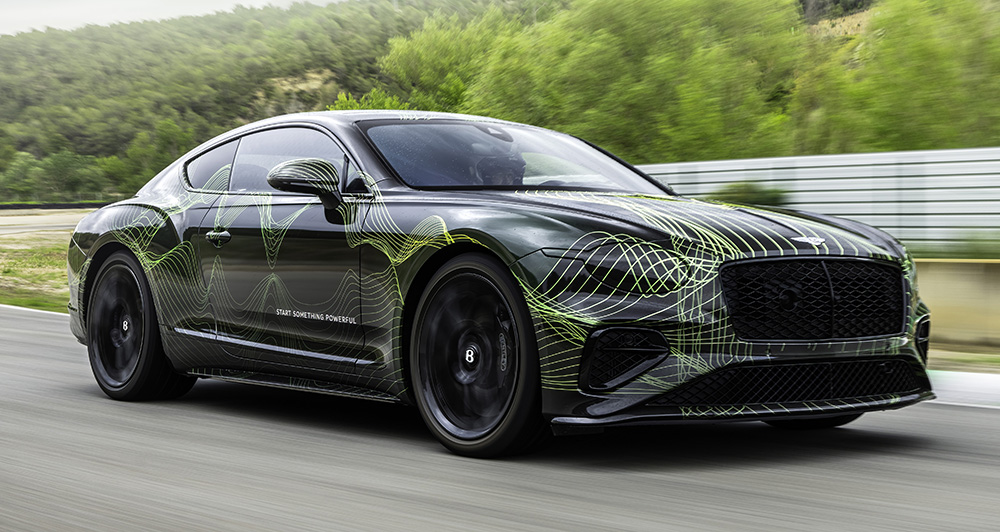
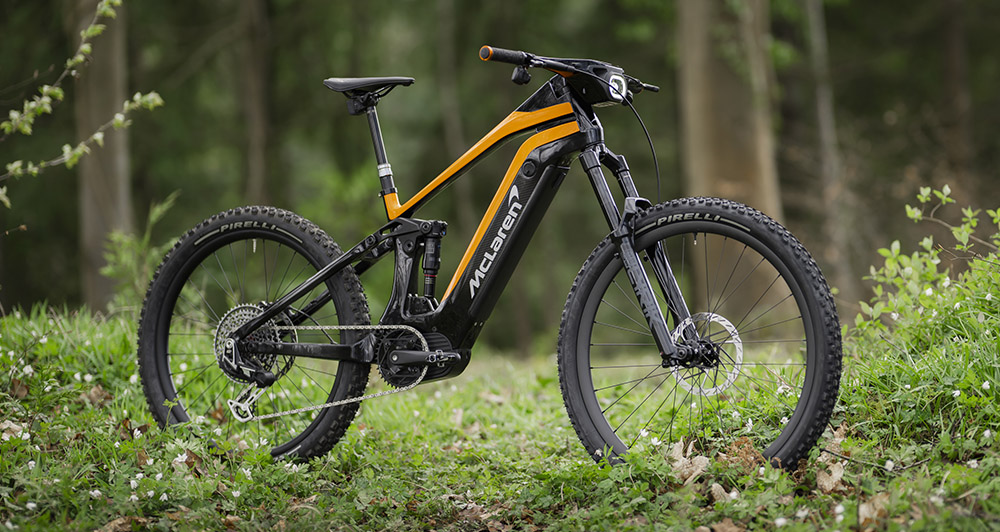
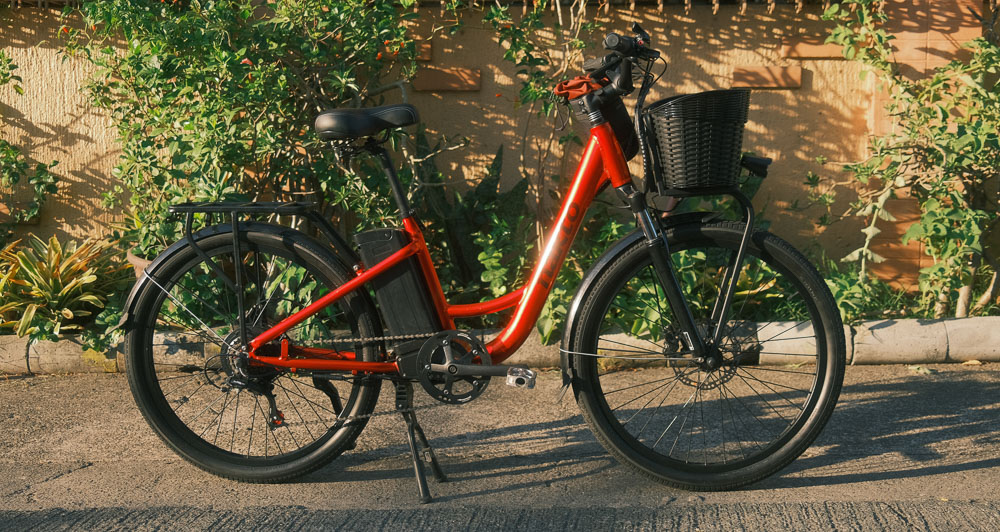
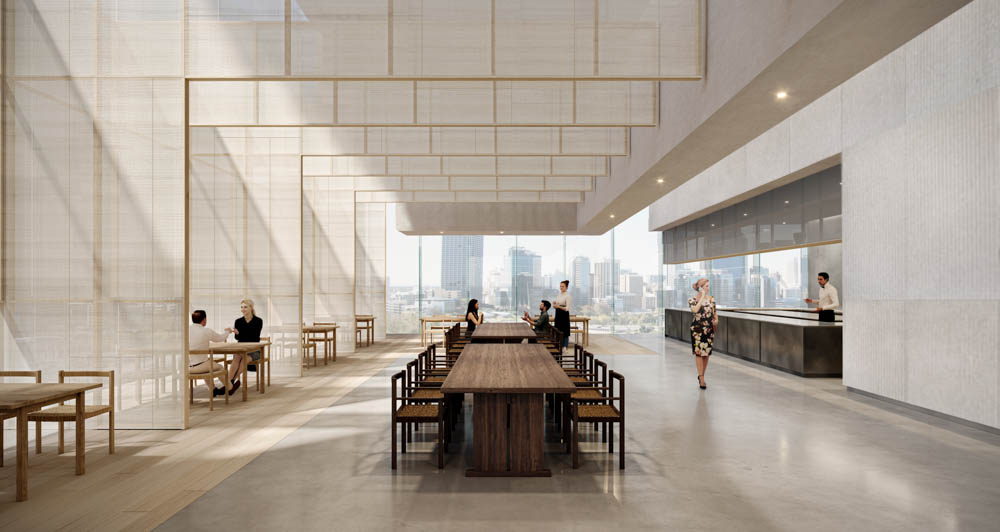
Comments